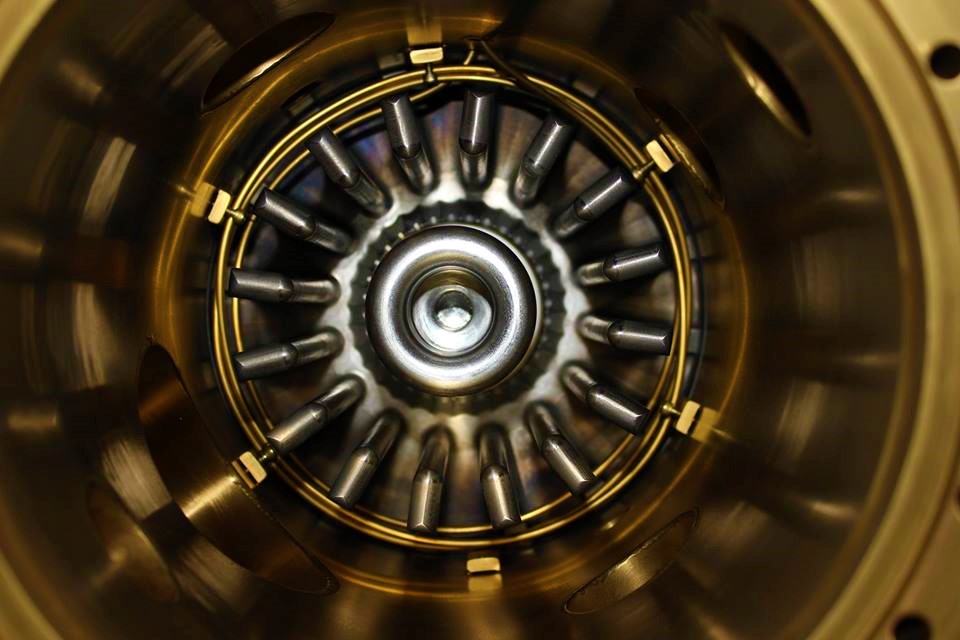From IEEE Spectrum: Startup LPPFusion Embraces Instability
By Mark Anderson
Originally published on IEEE Spectrum
Since nuclear fusion’s earliest days, the sun has served as the ultimate prototype. It’s the closest continuously functioning large-scale fusion reactor, after all. Why not copy from the best? So tokamaks, stellarators, and laser ignition facilities all strive to create high-pressure and high-temperature plasmas that behave like microcosms of the sun’s core.
One of the biggest challenges these systems face is achieving the tight control they require over the plasma fuel they seek to fuse. But one New Jersey fusion startup company is taking a very different tack: “Guide the plasma’s instability; don’t fight it,” says Eric Lerner, president and chief scientist at LPPFusion, based in Middlesex, N.J.
LPPFusion is building what it calls a Dense Plasma Focus (DPF) device. This consists of a thick, hollow central anode surrounded by a ring of cathodes that are about the size and shape of candles. And indeed, the whole thing looks rather like a candelabra.
Here’s how it’s supposed to work: The device sits in a chamber filled with the gas to be fused at a low pressure, while a bank of external capacitors blast pulses of electricity down the electrodes, forming a plasma from the gas. In a millionth of a second, the electric blast reaches the top of the electrodes, and natural instabilities produce filaments of plasma. The pulse of current reaches the end of the electrodes, and the filaments combine and collapse near the mouth of the cathode. This produces microscopic balls of plasma called plasmoids. Further instabilities in the plasmoids produce electron beams, which heat up the plasmoids to the temperatures required for fusion.
Still under peer review as of press time was a paper submitted to the journal Physics of Plasmas, in which Lerner and his coauthors claim to have produced a confined mean ion energy of 200 kiloelectron volts, equivalent to a temperature of over 2 billion kelvins. “As far as we know, that’s a record for any fusion plasma,” Lerner says.
Read the full article on IEEE Spectrum here.






